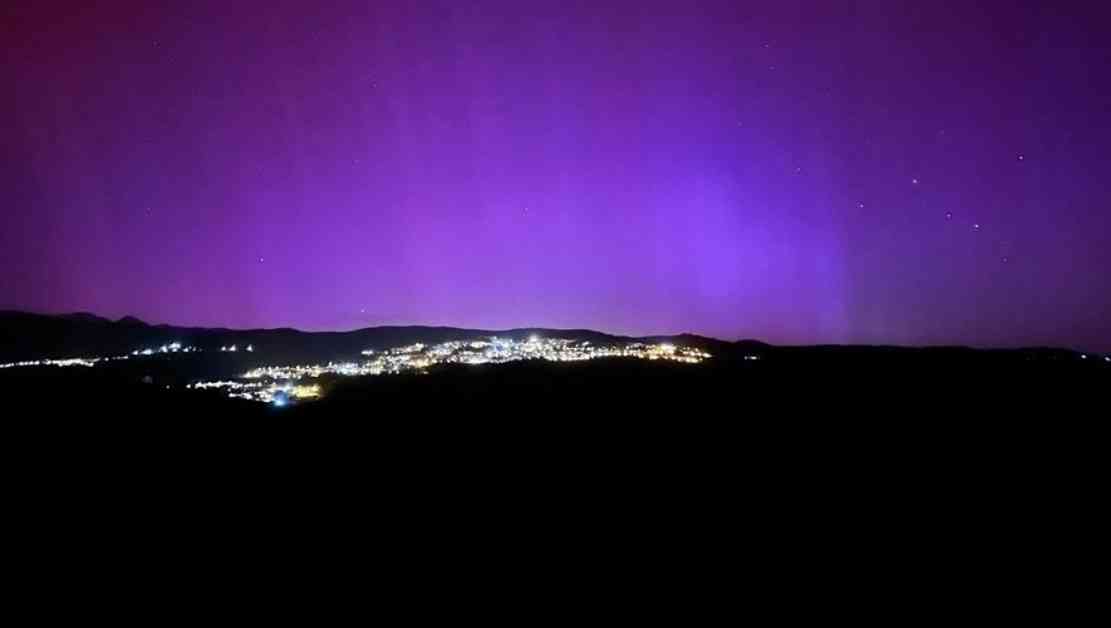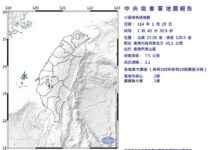A new X-class solar storm is set to reach Earth this weekend with multiple consequences, including the possible presence of northern lights at low latitudes.
While the sky will offer an amazing spectacle with nearly 100 meteors per hour in some places during the Perseids, the weekend is expected to be even more surprising with northern lights expected to be visible at very low latitudes.
It is a new X-class solar storm that is expected to enable these northern lights at the level of those seen last May when Earth experienced one of the most powerful geomagnetic storms in the past 20 years. In a very exceptional event, northern lights were visible as far south as northern Spain.
According to the National Oceanic and Atmospheric Administration (NOAA), this phenomenon is linked to the current solar activity, which is at its peak and results in powerful and frequent solar flares.
As a result, a moderate geomagnetic storm took place on August 9 and 10 with three coronal mass ejections (CMEs) and eruptions of plasma and magnetic field.
According to the Trust My Science website, the northern lights could be visible along with the meteor shower throughout the northern United States, while in France, experts are talking about conditions “similar to the episodes observed in early May, at unusual latitudes following a historic solar storm.”
In addition, this solar storm could also have some effects on technology, such as potential disruptions to satellite communications, GPS systems, and power grids. It is important for people to be prepared for these possible impacts and take necessary precautions.
For those interested in viewing the northern lights, it is recommended to find a location away from light pollution, such as in rural areas, and to look towards the northern horizon. The best time to see them is usually during the late evening and early morning hours.
Overall, this upcoming weekend promises to offer a unique and awe-inspiring celestial display for those lucky enough to witness the beauty of the northern lights at lower latitudes.












